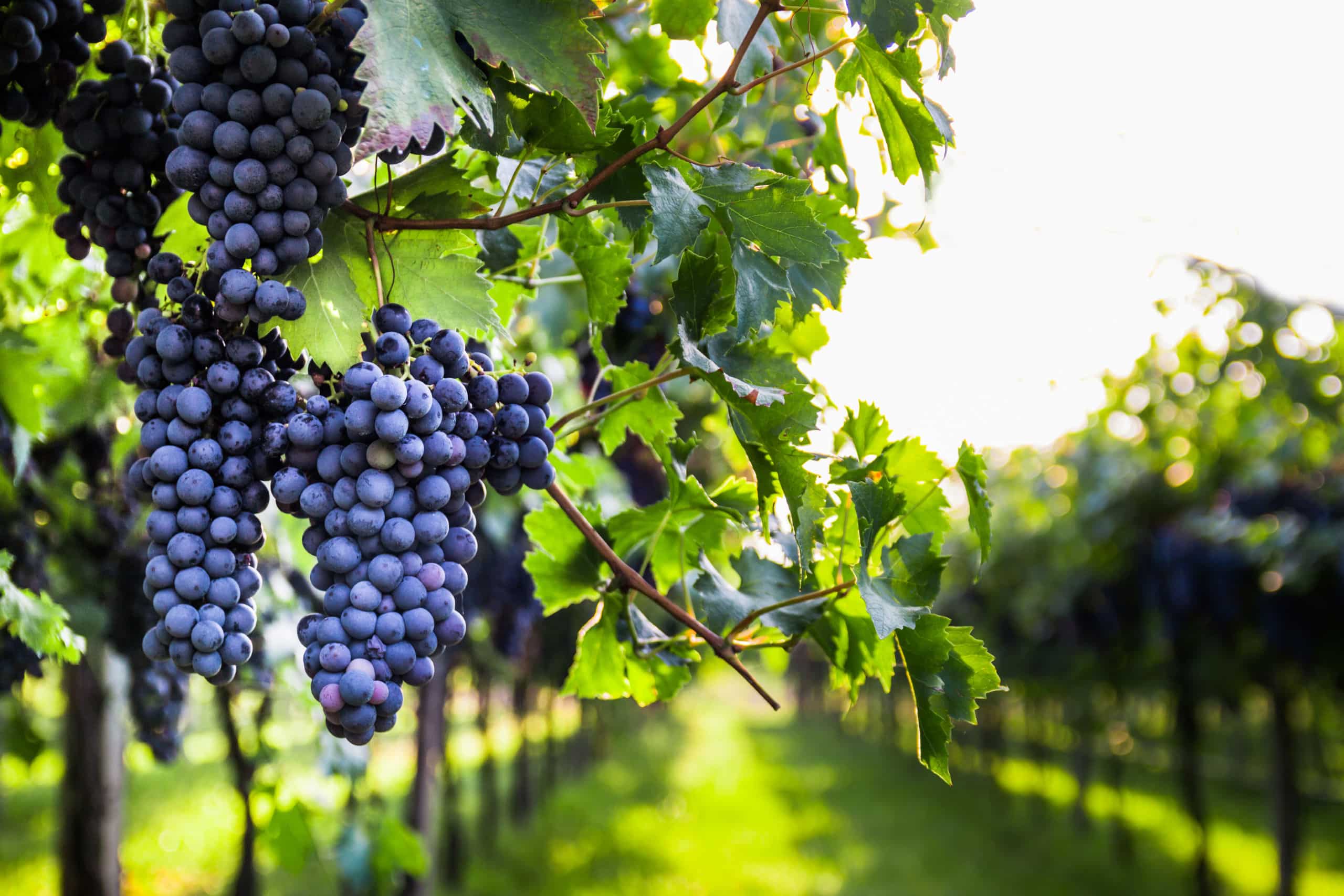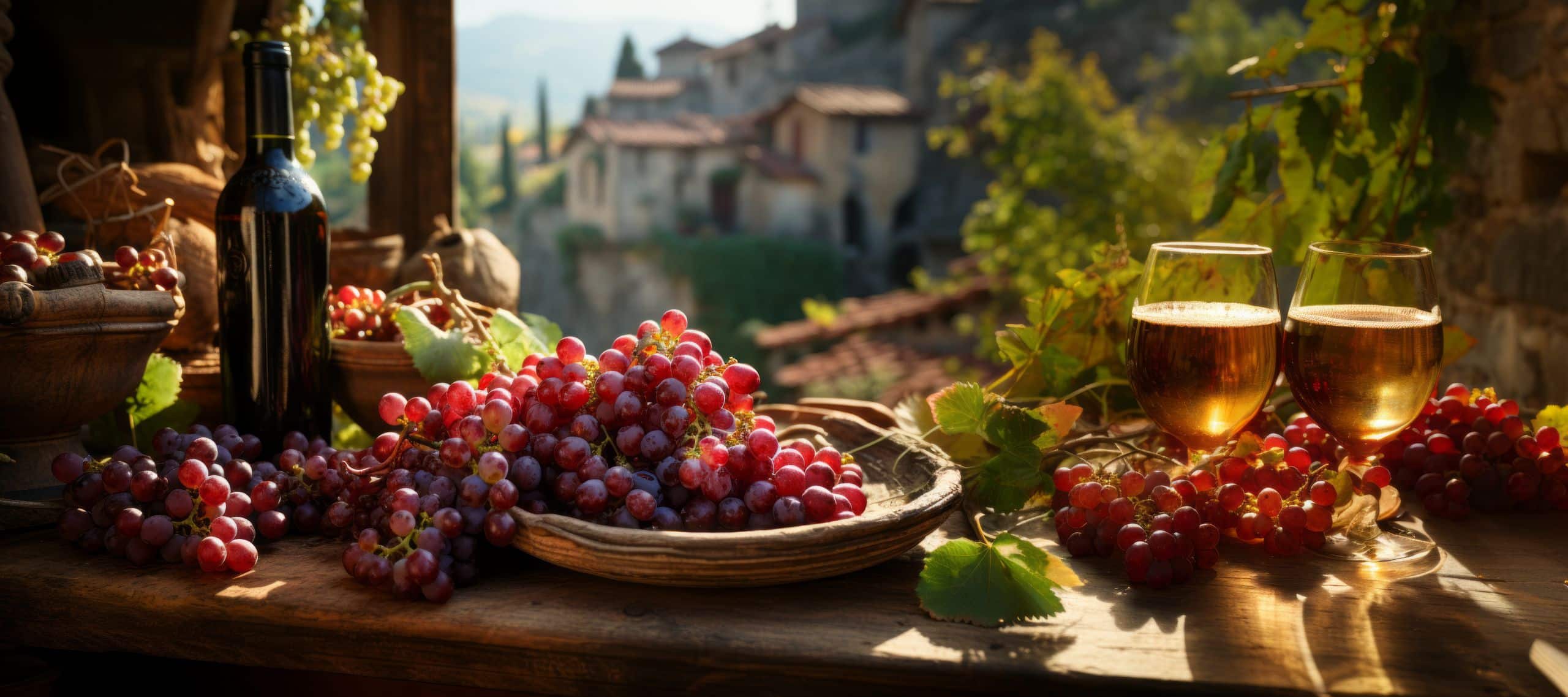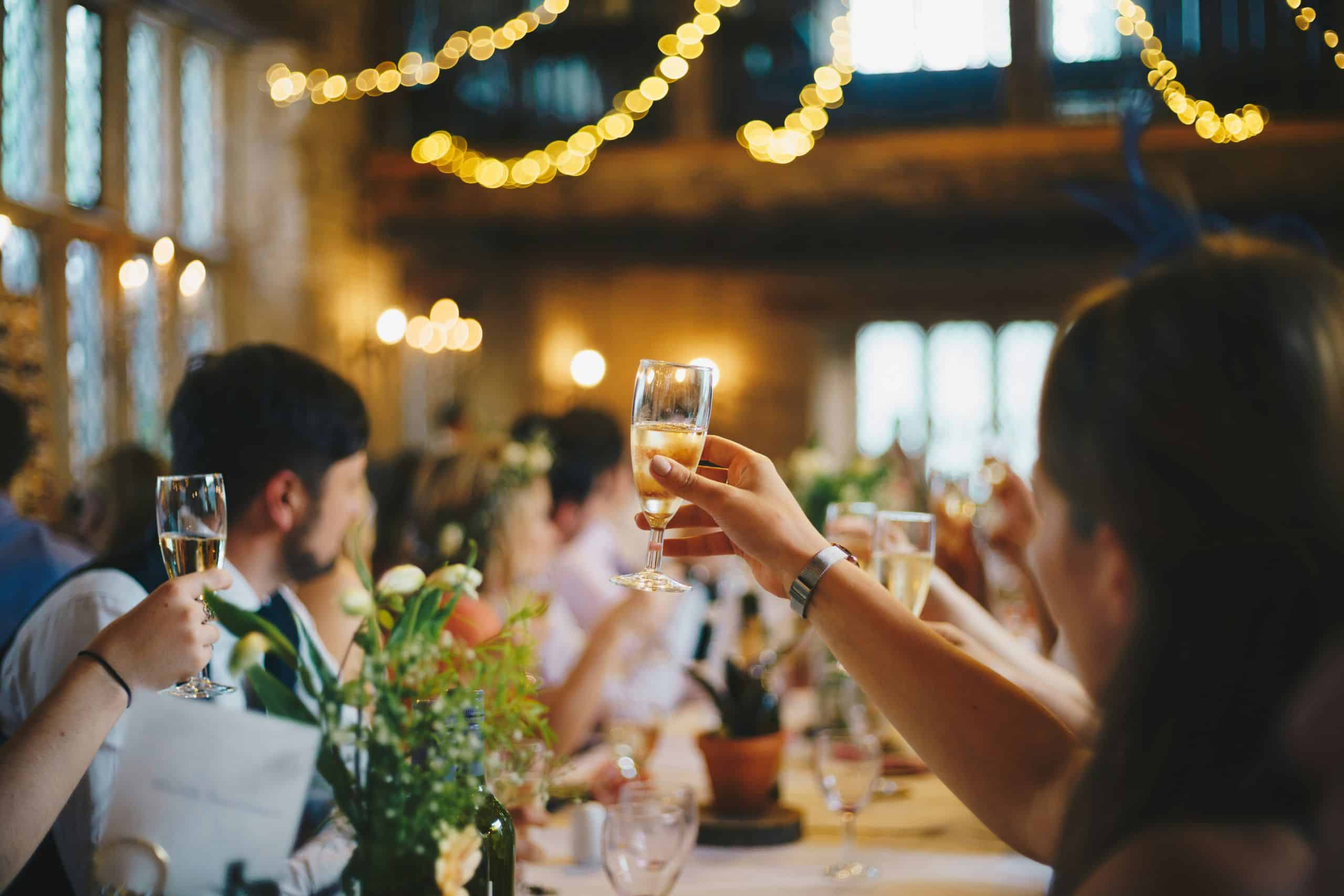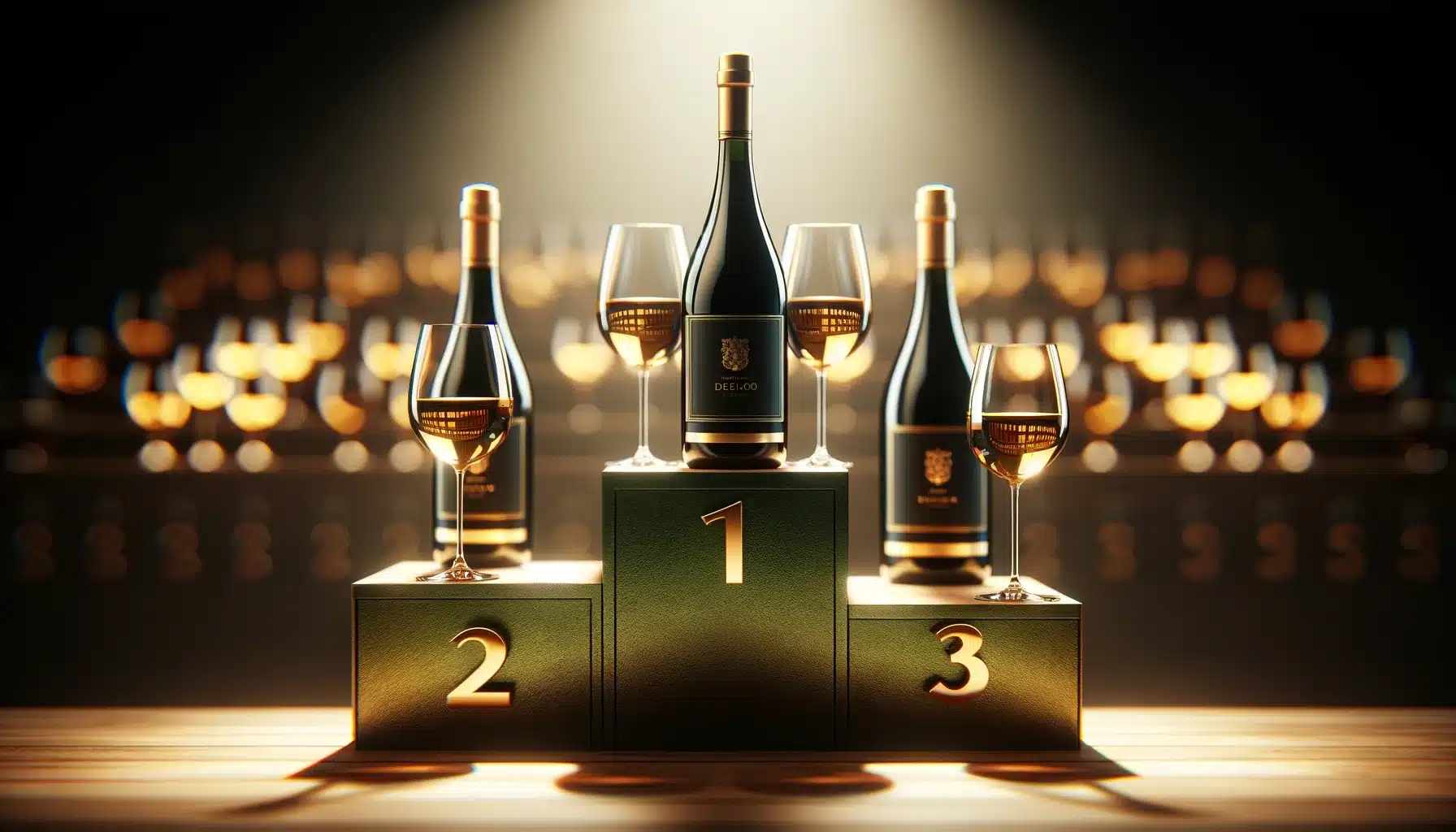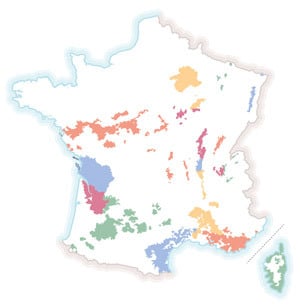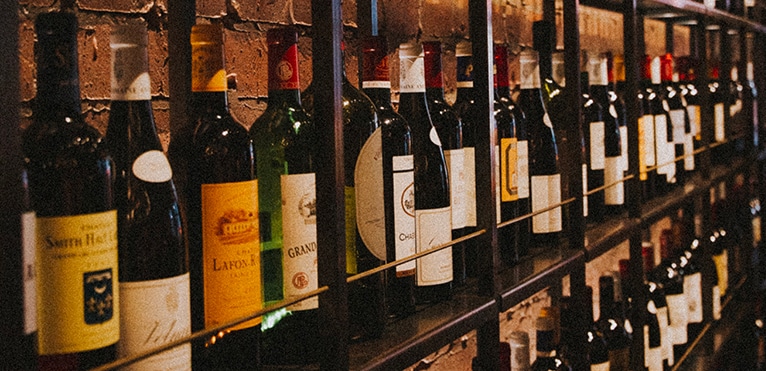
Contents
Choosing a good Bordeaux wine can be very difficult. The range of wines on offer is so vast that it’s easy to feel overwhelmed by the countless names of châteaux, estates and appellations that lie before us. One of the best ways to be sure of your choice is to seek advice. Wine merchants, experts and guides are there to help you make the right choice for your needs. But if you’d like to see things a little more clearly for yourself, follow these simple guidelines:
Bordeaux wines
The Bordeaux vineyard is vast: nearly 120,000 hectares. These lands are home to thousands of winegrowers producing wines under 65 appellations d’origine contrôlée. It’s enough to make you dizzy when it comes to finding the right Bordeaux wine!
Fortunately, the vineyards of Bordeaux, although rich in terroirs and soils and offering many subtleties, can be easily understood if you master certain basics. Let’s take a closer look at this vast territory. There are three main geographical areas in the Bordeaux region, defined by two major rivers, the Garonne and the Dordogne, which merge to form the Gironde estuary.
The left bank vineyards stretch from the town of Saint-Vivien du Médoc, north of the Pointe du Médoc, at the entrance to the Gironde estuary, to the area around the town of Langon, south of Bordeaux. This vast tongue of vineyards stretches exclusively along the left banks of the Gironde and Garonne rivers. This is where you’ll find the wines of the Médoc, Graves and Sauternes.
Médoc winesThese exclusively red wines are renowned for their strong tannic structure, power and ageing potential. This region is home to all the 1855 Grands Crus Classés, a group of 57 châteaux spread across AOCs such as Pauillac, Saint-Estèphe, Margaux and Saint-Julien.
In the GravesThe profile of red wines is more refined. Elegant, the wines here can be produced in red or white, and can also be part of a classification: the classification des vins des Graves, which brings together 16 châteaux, all in the Pessac-Léognan appellation.
To the south Sauternes vineyards is renowned for the production of sweet white wines, some of which are internationally renowned. Linked to the same 1855 classification as the Médoc, the Sauternes region has a Crus Classés classification that highlights 26 châteaux in the Sauternes and Barsac appellations.
On the right bank of the Gironde, the wines of Blaye and Bourg. These two appellations, still a little too little known, offer wines with excellent value for money. Heading downstream, on the right bank of the Dordogne, we come to the vineyards of Saint-Emilion. A land of red wines, the Saint-Emilion region includes appellations such as Pomerol and Lalande-de-Pomerol alongside Saint-Emilion Grands Crus and Grands Crus Classés.
The third geographical area of the Bordeaux vineyards: theEntre-deux-Mers. Situated between the Dordogne and Garonne rivers, Entre-deux-Mers is famous for its dry white wines. However, red wines can be found here under the AOC Bordeaux or Bordeaux Supérieur.
A wine for aging or for everyday drinking?
When you’re about to buy a wine, whatever its color, you need to ask yourself what you want to do with it. Is this a wine you plan to offer as a gift, to be kept for later, or is it a wine for everyday consumption or for the next aperitif with friends?
For wines destined to age and be “forgotten” in the cellar, we prefer well-structured red wines with a good balance between acidity and alcohol and a high concentration of aromas: the great wines of the Médoc can generally be aged for at least 10 years, as can those of the Graves. Grands Crus Classés generally meet the conditions required for ageing. The sweet white wines of the Sauternes region are also great wines for laying down. Thanks to their high sugar concentration and good acidity, they often offer great tasting moments after several years of rest.
If you’re looking for a wine for more immediate consumption, for an upcoming dinner party, ask yourself what you’re going to eat. Food and wine pairings are what really come into their own here. Whether you’re eating baked fish or barbecued entrecôte, the Bordeaux wine you choose won’t be the same. Basically, if you’re planning a fish-based dish, choose a Graves white. With seafood or oysters, opt for a Entre-deux-Mers crisp and dry. With strong-flavored meats such as lamb or mutton, or with game, choose full-bodied red wines that will support the aromas of the dish. Médoc or Haut-Médoc and Saint-Emilion are ideal.
Which vintage?
And yes, in addition to knowing the appellation, production area and aromatic profile, it’s (very) important to take an interest in the vintage when choosing a wine. Particularly for Bordeaux wines, where the vintage effect is very present.
As a reminder, the vintage is the date on which the grapes used in the wine were harvested. The weather varies from year to year: some years are marked by extreme heat (heatwave), others by extreme cold (frost), and all these variations have an influence on the life of the grapes and therefore on the final wine.
Except for specialists and enthusiasts, however, it’s very difficult to remember what the weather was like 2, 5 or 10 years ago. That’s why it’s best to try to retain the good vintages of a region directly. Here is a short guide to the great years in Bordeaux:
Bordeaux red
: 1982, 1985, 1986, 1990, 1995, 2000, 2005, 2009, 2010, 2015, 2016
Bordeaux white
: 1982, 1986, 1988, 1989, 1990, 1995, 1996, 2000, 2005, 2007, 2010, 2015
Which grape variety?
The Bordeaux region is home to four major grape varieties: Cabernet Sauvignon and Merlot for reds, and Sauvignon and Semillon for whites.
Yet another factor that doesn’t help when choosing a Bordeaux wine: almost all wines are made from a blend of grape varieties, rather than a single grape variety (which would make the aromatic profile clearer). By cross-referencing the information previously accumulated (geographical area of production, appellation, vintage, tasting occasion), and adding knowledge of the profiles of each grape variety, you begin to have all the cards in hand to choose your wine wisely.
You can therefore remember that :
- Le Cabernet Sauvignon is a red grape variety widely used on the Left Bank. It gives wines great structure, deep, intense color and aromas of red and black berries.
- The Merlot is the most widely used red grape variety on the Right Bank. It generally adds suppleness and roundness to blends. It is also appreciated for its finesse, which is more pronounced than Cabernet Sauvignon’s rougher character.
- Le Sauvignon is the most widespread white grape variety for dry white wines and the most emblematic. It produces fresh, citrusy wines.
- Le Sémillon is the star variety of sweet wines. It adapts very well to techniques aimed at concentrating sugars in the grapes, and provides a fine balance of acidity and sweetness.
Finally, remember that many châteaux and wine merchants in the Bordeaux region are renowned for the exceptional quality of their vintages, such as
this site
. For wine lovers wishing to explore this richness, there are specialized platforms offering a rigorous selection of the best Bordeaux wines.
